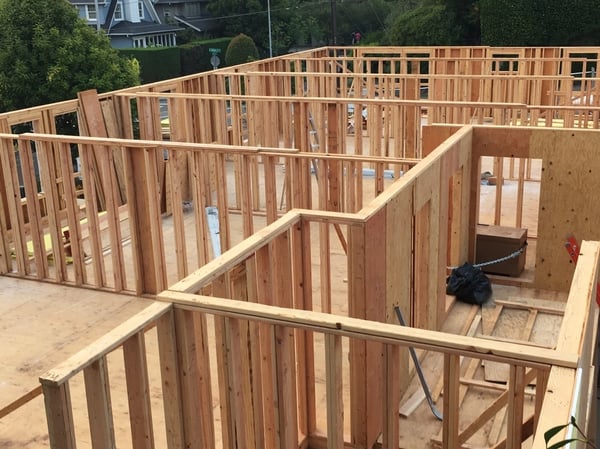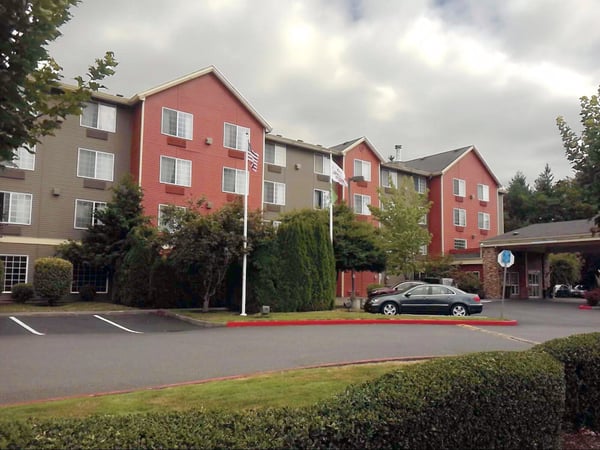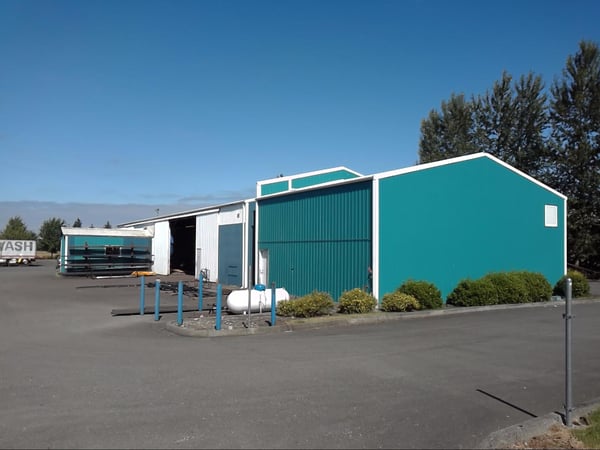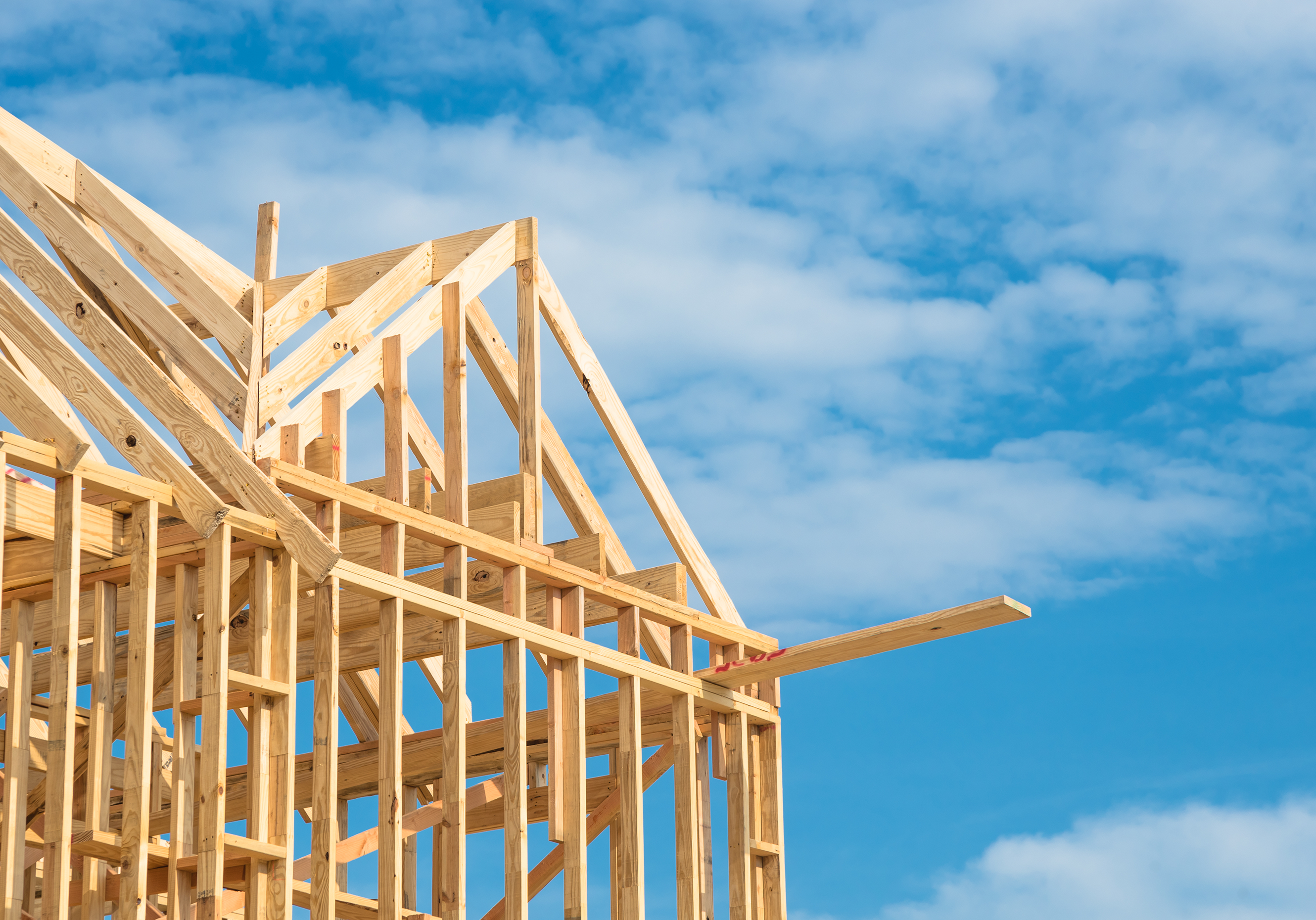Improving your understanding of construction classes can help you get the greatest value from WSRB inspections and commercial property reports. To help you do this, we’ve created a series of blog posts on The Basics of Construction Classifications. We’ll review all six construction types plus mixed construction, covering the nuances with photos and examples, ensuring you can identify the classes. Be sure to check out all the posts.
The Commercial Lines Manual, Rule 15 outlines the construction class (CC) parameters. While the manual has the final say, determining construction classes is not always clear-cut. It’s helpful to keep a few things in mind:
- Without experience (and even with it) distinguishing between construction classes is difficult, especially if sheathing or interior construction elements obstruct a full view of the wall and ceiling assemblies.
- Multiple construction types within a single building can change the construction class.
- Basement walls and areas do not come into consideration when determining construction class.
Need help with classifying buildings? WSRB is happy to assist you. Our standard inspections are available at no additional cost for our Subscribers. You can request an inspection by logging in to the member portion of our site. Find instructions on how to request an inspection here.
Related:
WSRB's Essential Guide to Commercial Property Risk Assessment
Construction Class 1: Frame
Frame is one of the most basic, and common, construction types in Washington. To receive the CC 1 Frame designation, more than 33 1/3% of the construction must be frame.
The Commercial Lines Manual defines the Frame construction class as: "Buildings where the exterior walls are wood or other combustible materials, including construction where combustible materials are combined with other materials (such as brick veneer, stone veneer, wood ironclad, stucco on wood)." CLM, Rule 15.B.1
Let’s review the components for clarity.
Walls and siding
- A building with exterior walls of any combustible material (such as vinyl, wood siding, tarp or cloth, etc.) supported by a wood frame would be a CC 1 structure.
- The siding of the building can also be a less combustible material (like metal sheathing or brick veneer) and still be CC 1, as long as the supporting members are made of a wood frame.
- Framing and a metal roof with combustible insulation or sheathing (e.g., wood paneling along the walls) may also make a building CC 1.
During the construction process, a CC 1 building might look like this:
 A wood frame that will eventually become part of a construction class 1 building.
A wood frame that will eventually become part of a construction class 1 building.
You can see that the supports of the building and the wall panels are wood.
Let’s look at a completed building. The next photo shows a recently inspected hotel featuring classic frame construction.
 A construction class 1 building in use following completion.
A construction class 1 building in use following completion.
Related:
The Basics on Construction Classes: Joisted Masonry
Now for a tricky classification. The next image depicts a metal building. Upon closer inspection, our Commercial Property Analyst classified this building as CC1, Frame Construction. The main structure is a wood frame that can only be viewed by gaining access to the interior.
 At first glance, this construction class 1 building doesn't appear
At first glance, this construction class 1 building doesn't appear
to be frame construction, but it is.
Floor and Roof
- The ground floor can be of any material, including wood, concrete, asphalt, dirt, etc.
- The roof can be of any material on a wood decking, including metal, composition shingles, built-up composition, etc.
- A building is classified as CC 1 if the roof is held up by any load-bearing combustible supports.
Habitational dwellings, small retail shops, and older buildings frequently use frame construction.
Advantages and disadvantages to CC 1 construction
Compared to other construction types, CC 1 buildings are less expensive to construct, hold up well over time, and are lighter in weight.
The main disadvantage to CC 1 is that it’s the most combustible construction type. If you have a customer with a CC 1 risk and an automatic sprinkler system, be sure you’ve looked into our No Sprinkler Left Behind program. Properly maintained sprinkler systems in this type of construction can be a major insurance benefit.
If you enjoyed this article, stay informed with similar content by signing up for notifications.











